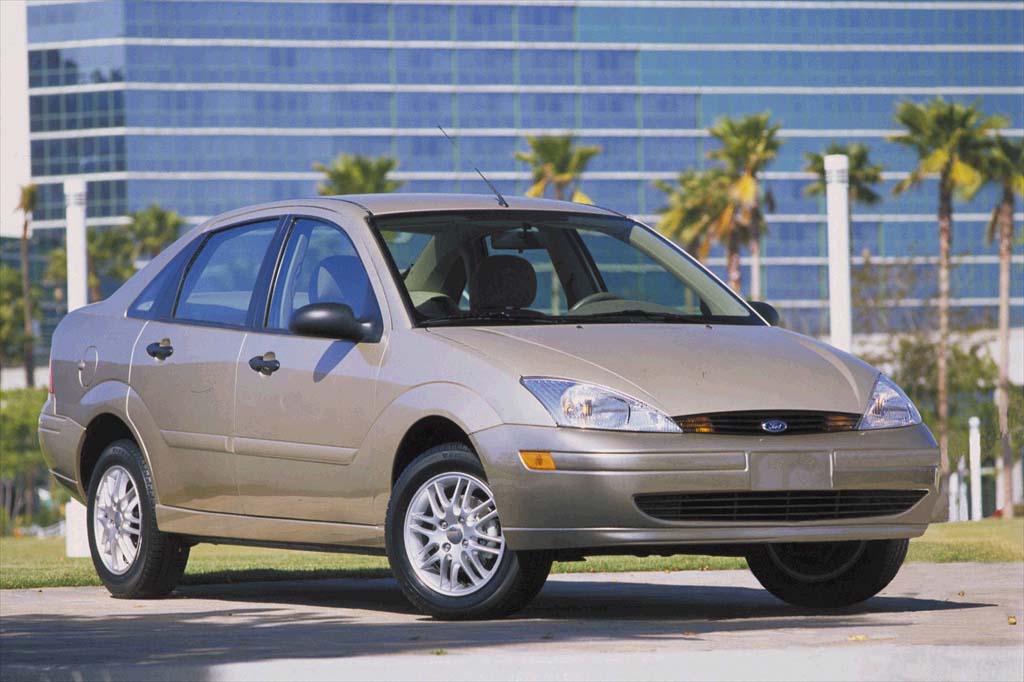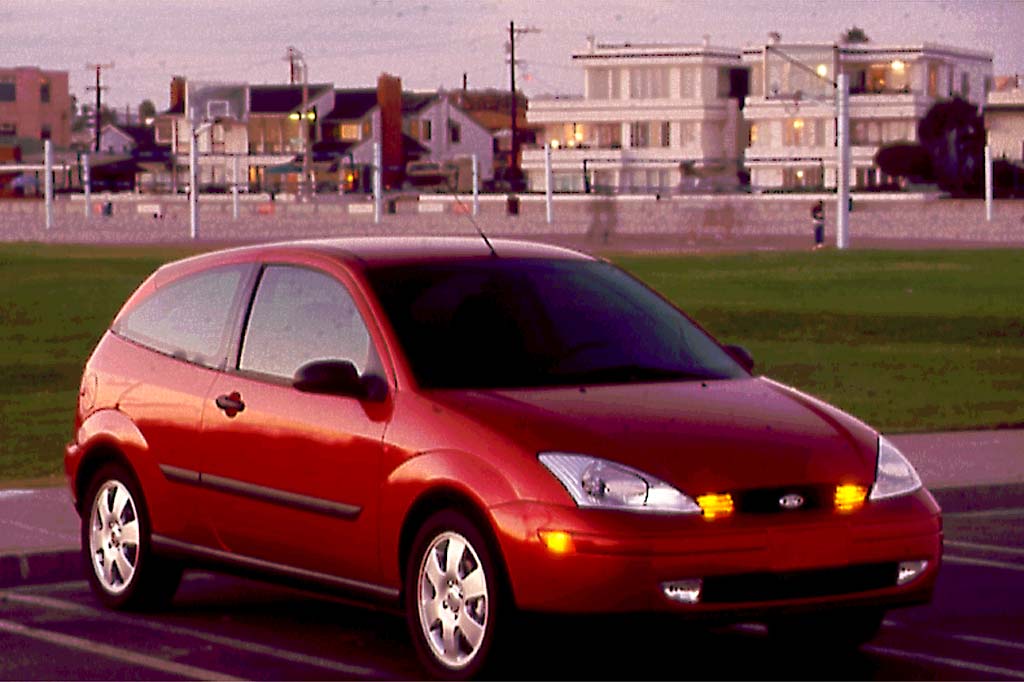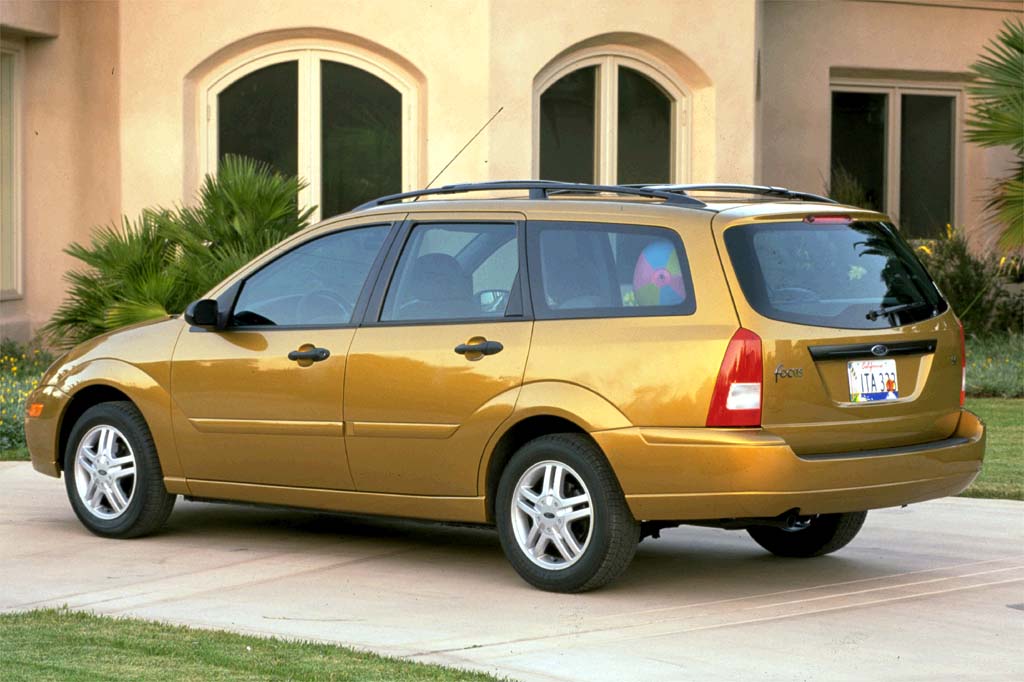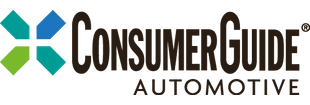| Compact car; Built in Mexico |
|
|
| Good condition price range: $2,000 – $6,200* |

2000 Ford Focus 4-door sedan

2001 Ford Focus ZX3 2-door hatchback

2000 Ford Focus interior

2001 Ford Focus 4-door wagon

2001 Ford Focus 4-door sedan
| Pros: |
|
| Cons: |
|
Less refined than a class-leading Honda Civic and not as polished as the more conservative Toyota Corolla, the Focus offers more room, style, and body types than any competitor. Despite timid engines, it’s also fun to drive. Word of advice: Don’t buy a small car without checking out the Focus, but avoid trouble-prone 2000 models.
Overview
Named Car of the Year in Europe in 1999, Ford’s subcompact premium Focus arrived in North America as a 2000 model. Slightly larger than the fading Escort, the Focus came in three body styles: hatchback coupe in sporty ZX3 trim; four-door sedan in LX, SE, and top-of-the-line ZTS form; and as a 4-door SE station wagon. Compared to the Escort, the new Focus was 3 inches taller and about 4.5 inches longer, in both wheelbase and overall size. A 110-horsepower version of the Escort’s single-cam 2.0-liter 4-cylinder engine went into LX and SE models. Standard in the ZTS and ZX3, optional for SE, was a 130-hp twincam 2.0-liter four, as used in the Escort-based ZX2 coupe. Both engines teamed with either 5-speed manual shift or a 4-speed automatic transmission. Rear child-seat anchors were installed, and head/chest front side airbags were optional. Antilock brakes were standard on the ZTS, optional on others. Head/chest front side airbags were optional. During the 2000 model year, a special Sony Edition joined the Focus lineup.
Yearly Updates
| 2001 Focus Ford’s AdvanceTrac antiskid control system became optional in the Focus’s second season, intended to counter skids in turns. Combined with all-disc brakes, it was available for the ZTS and ZX3. The ZX3 got a newly optional Premium Group, and its Power Group added power locks and remote entry. Powertrain choices were shuffled a bit. The 110-hp engine remained standard in LX and SE sedans. The 130-hp twincam four was standard in the SE wagon as well as the ZTS and ZX3, and optional in the SE sedan. Previously offered only with automatic, wagons could now have a manual transmission. |
| 2002 Focus Focus added a new body style, a sport-trim wagon, and a sporty SVT variant for 2002. The SVT came only as a 2-dr hatchback with manual transmission and included a sport suspension and 17-inch wheels. A new ZTW wagon had standard leather upholstery, fog lights, and 16-inch wheels. Newly optional on higher-line models was an antiskid system that included ABS and traction control. A sunroof and 6-disc in-dash CD player were other new options. |
| 2003 Focus Ford added a 4-door hatchback version of the sporty SVT. New options included an MP3 player and hi-intensity discharge headlamps on the SVT. |
| 2004 Focus Standard on top-trim models was a new 2.3-liter 4-cylinder engine that made 145 horsepower. It mated to either a 5-speed manual or 4-speed automatic transmission. The optional antiskid system that was added in 2001, was no longer available. |
